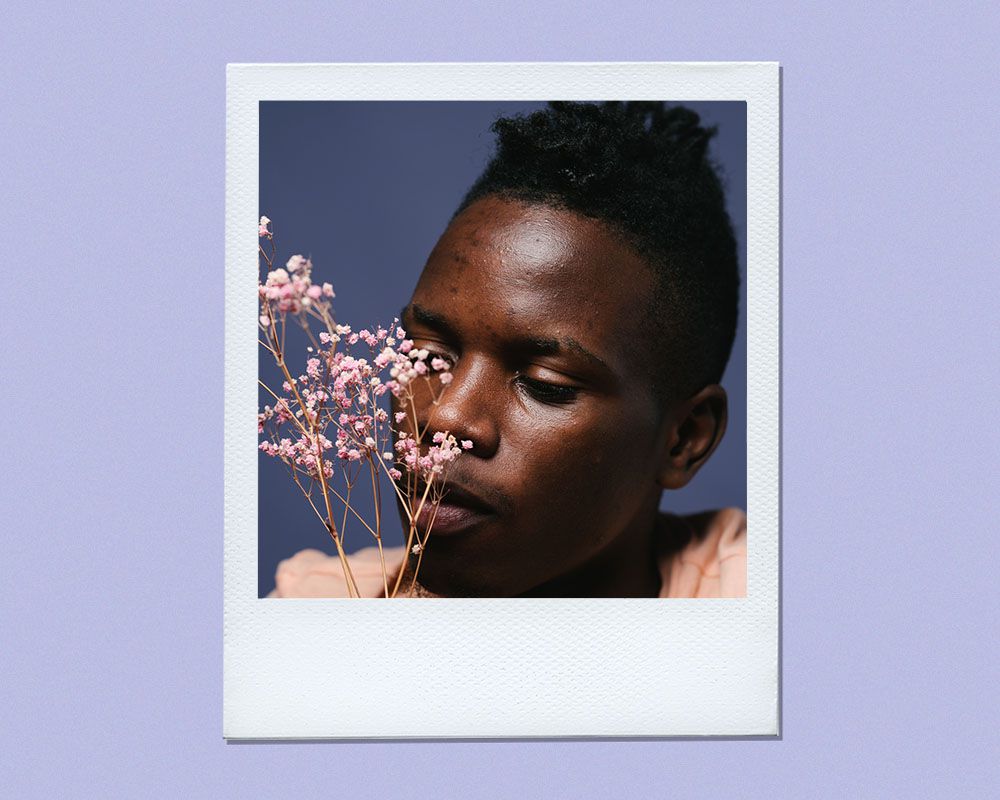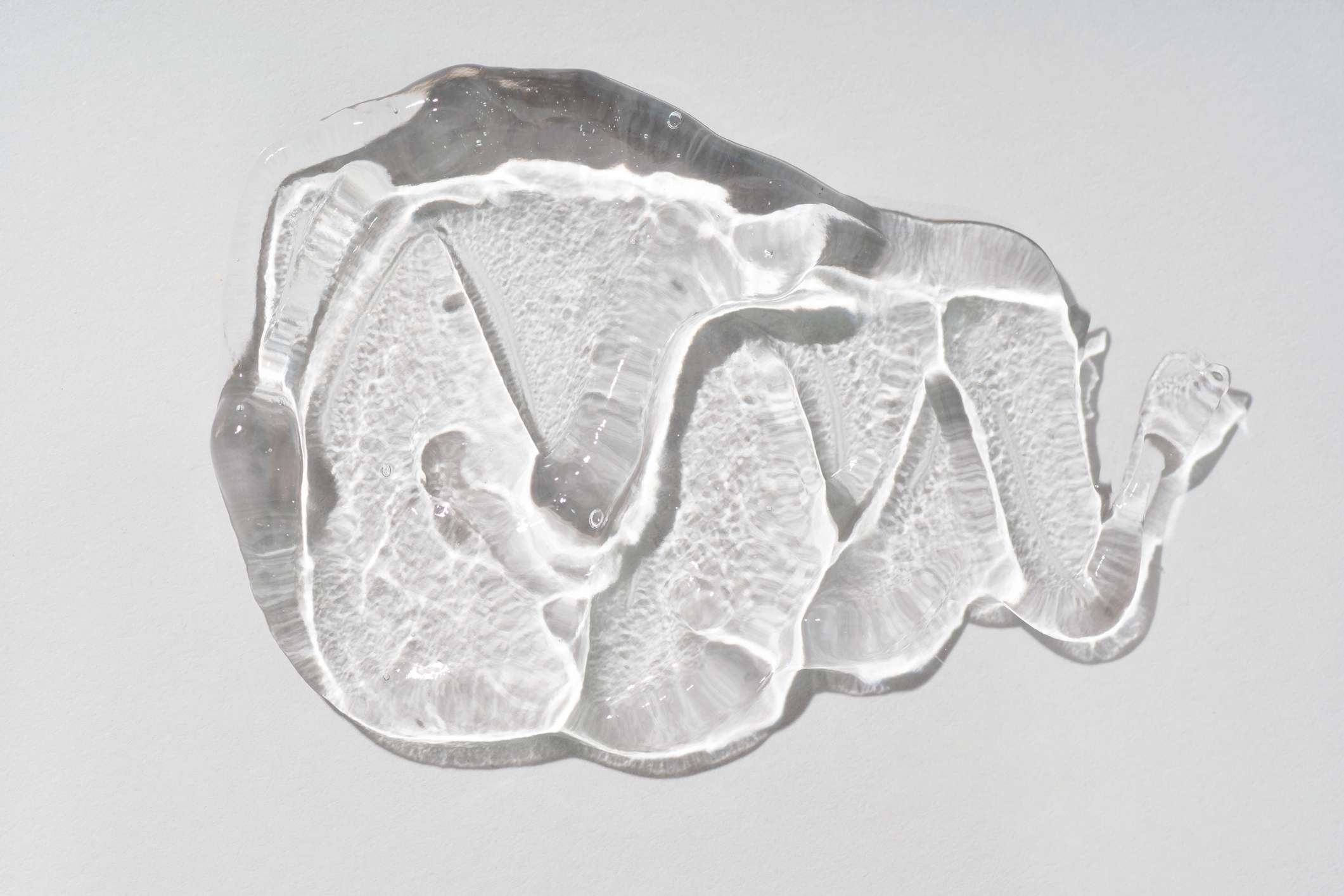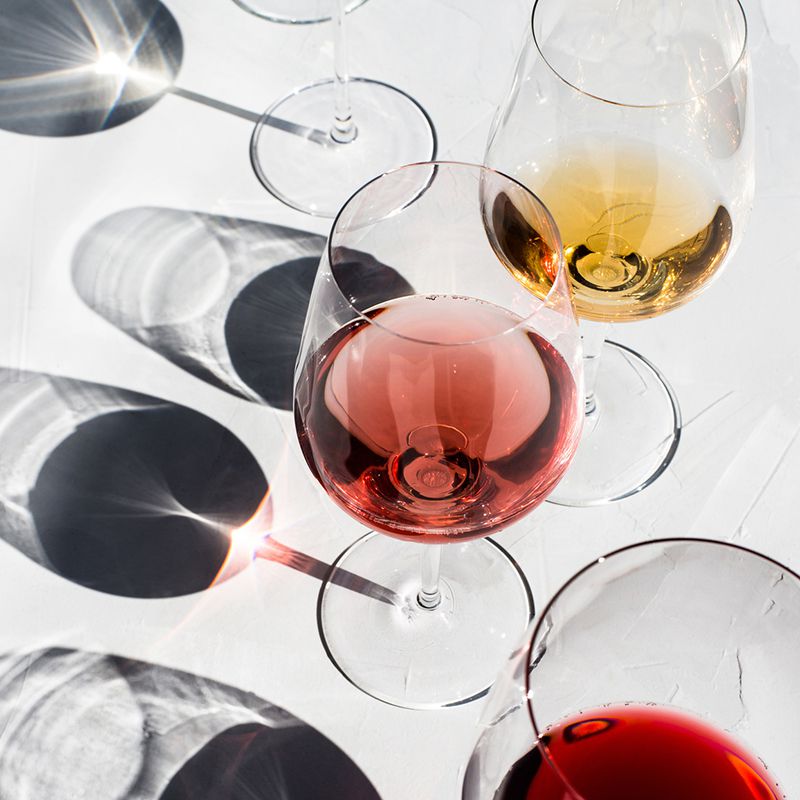This Form of Acne Disproportionately Affects Black Men—and No One Talks About It

Acne Keloidalis Nuchae is a common disorder that is seen most commonly in male patients with naturally coiled and coarse hair patterns, particularly Black and Hispanic men. The condition presents with acne-like breakouts on the posterior scalp. Over time, the recurrent bumps can create scarred patches. Despite how common this disorder is, there are not enough reliable educational resources for how to recognize it, how to minimize it, and how to treat it. To fill this void, I called up one of my favorite board-certified dermatologists, Dr. Rawn Bosley, MD, to create the below guide on everything you need to know about acne keloidalis nuchae.
Meet the Expert
Rawn Bosley, MD is a board-certified dermatologist and dermatologic surgeon. His professional interests include medical, surgical and cosmetic dermatology. Dr. Bosley has authored several journal articles on skin cancer treatment and surgery in the Journal of Dermatologic Surgery as well as other articles and textbook chapters on various topics in a variety of scientific publications.
What Is Acne Keloidalis Nuchae?
Acne-keloidalis nuchae is a scarring form of hair loss that is seen most commonly in men of African descent, including African-Americans, Afro-Carribeans, and Afro-Latinos. Women, prepubertal boys, and men over 50 years old are rarely affected. There is a range of symptom severity, with early stages presenting with recurrent acne-like papules and pustules, typically on the posterior scalp. In later stages, the acne-like breakouts coalesce together to form broad keloid-like scars in the affected area. Since the scarring process destroys the hair follicle, this also results in permanent hair loss in the scarred area. The condition can be itchy, painful, and socially isolating.
Causes & Prevention of Acne Keloidalis Nuchae
Acne keloidalis nuchae is a complex disease that is not fully understood, but there are known intrinsic and extrinsic factors that determine the course of the disease. The two most important takeaways from this section are
- Acne keloidalis is a medical condition. People with acne keloidalis do not cause their condition in the same way that teenagers with cystic acne do not cause their acne.
- Local inflammation worsens acne keloidalis nuchae.
Okay, now let’s elaborate on those two points with the help of Dr. Bosley.
- Genetics: Dr. Bosley notes that “AKN is most common in men of African descent including groups such as African-Americans, Afro-Caribbeans and Afro-Latinos.” Men of African descent tend to have a higher genetic predisposition for ingrown hairs, keloid-like scarring, and acne keloidalis nuchae. This is the one factor that cannot be changed, however, there are ways to minimize the severity of the disease.
- Short hairstyles: Dr. Bosley notes that close haircuts and shaving are “classic triggers for acne keloidalis nuchae.” Short haircuts and shaving may flare acne keloidalis by two mechanisms. First, depending on the technique of the barber, repeated close contact of the razor or clippers may trigger scalp inflammation. Second, as short styles “such as tapers or fades” grow back in, the naturally coiled hairs curl back onto themselves and penetrate the skin. This is the major cause of ingrown hairs in those with tightly coiled hair. These ingrown hairs start an inflammatory reaction in the skin. Wearing the hair long can eliminate both of these potentially aggravating factors. For my patients that prefer shorter haircuts, I have them treat with a strong topical anti-inflammatory immediately after haircuts to prevent mechanical irritation from the clippers and a weekly treatment to prevent ingrown hairs. Dr. Bosley also reminds me that as physicians we are able to write letters for our patients with acne keloidalis nuchae that allow them to exempt from career dictated short hairstyles, such as the classic military crew cut, since these styles are known to worsen their medical condition.
- Dandruff: Dandruff, or seborrheic dermatitis, is common in those of African descent. Seborrheic dermatitis is an inflammatory condition and may trigger the inflammatory process that leads to acne keloidalis nuchae. Adding an anti-dandruff shampoo can help alleviate this.
- Mechanical irritation from clothing: Hats are often adopted as a signature fashion statement by men who suffer from acne keloidalis. I find that the posterior brim of the hat is in just the right place to cause irritation from small movements up and down the scalp throughout the day. Dr. Bosley adds “athletic headbands, occupational headgear, head scarves and shirt collars are common culprits of scalp irritation and may increase the risk of acne keloidalis nuchae development.”
- Pimple popping: Since the early lesions of acne keloidalis resemble classic acne, classic bad behavior occurs. As dermatologists, we recommend against pimple popping in general, but this should be avoided at all cost for those with acne keloidalis nuchae because this “minor trauma to the surrounding skin increases inflammation and the risk of scar formation.”
- Scratching: Like other forms of acne, acne keloidalis nuchae can be itchy, especially in the early stages. Similar to pimple popping, scratching should be avoided because it increases inflammation in the skin. Cool compresses and prescription anti-inflammatory medications will decrease itch, the desire to scratch, and local skin inflammation.
- Bacteria-Laden bedding: Dr. Bosley explains that “bedding and pillow cases harbor oil and bacteria which may complicate and worsen acne keloidalis nuchae.” He recommends developing a regular routine of rotating and cleaning bedding. Silk scarfs and pillow cases can also prevent irritation the can occurs with routine tossing and turning, but make sure to wash these also.
- Shame: Dr. Bosley brings up an excellent point–“though this condition is very common, it is rarely discussed in the homes of the communities of those affected or professional circles. As a result, there is a lot of folklore and miseducation about acne keloidalis and its causes. Young men afflicted with this condition often are unaware that this is a treatable medical condition.” Acne keloidalis is a medical condition that is caused by genetics, not lifestyle. Those affected should seek out care from a board-certified dermatologist. In addition to the changes above, there are also useful medical interventions.
Treatment

The lifestyle changes above will help to decrease acne keloidalis nuchae, but most people will need some degree of medical management. Depending on the severity of symptoms, that may be a weekly topical or routine in office visits. Dr. Bosley explains the treatment philosophy of acne keloidalis nuchae to his patients like this – “Imagine the scalp as a forest and each hair on the scalp is a tree amongst thousands of trees in the forest. Our goals are to prevent the metaphorical fire from starting in your forest and to control or extinguish the fire before it spreads and worsens.”
To grossly simplify the pathogenesis of acne keloidalis, short haircuts increase the chances of ingrown hairs. Ingrown hairs present with pain, itching, and inflammation. Inflammation is further increased by dandruff, scratching, attempted pimple popping, and the wearing of irritating clothing designed to camouflage this disorder. Because those most prone to acne keloidalis nuchae (those with tightly coiled hair of African descent) are also those most prone to the development of keloids, this inflammation eventually results in the development of keloidal plaques with permanent destruction of the hair follicle and hair loss.
Avoidance of short haircuts, medical treatment of ingrown hairs, anti-itch topicals, anti-inflammatory treatments, and avoidance of irritating clothing create a multi-dimensional treatment for acne keloidalis nuchae.
Hairstyle Changes
Acne keloidalis nuchae does occur in those with longer hair, but for some, adopting a longer hair style can significantly decrease the symptoms of acne keloidalis nuchae. It’s a simple enough action if you ignore the very real pressure on men of African descent to fit into a “clean, tidy, and harmless” stereotype. Hair discrimination in the workplace is real and it affects men and women.
For those who prefer not to or are unable to adopt a longer hairstyle, the additional treatments below will be helpful.
Of note, for those who would like to adopt a longer hairstyle but are limited by workplace requirements, “medical exemptions can be obtained from a physician to help avoid occupational hazards for acne keloidalis nuchae such as wearing hard hats or being required to have close haircuts.”
Dandruff treatment
Prescription or over the counter dandruff shampoos are useful in an acne keloidalis nuchae treatment routine because they decrease inflammation on the scalp and decrease itching. I recommend Dove dermacare scalp shampoo several times a day to patients and friends.
Prescription grade anti-inflammatory treatments
Depending on the severity of your symptoms, your board-certified dermatologist may recommend some combination of topical, oral, and intralesional (scalp injections) treatments. Often, treatment is more frequent and aggressive for active disease. Once the condition is deemed under control, treatment can slow to a less frequent pace designed to prevent a relapse. Since this condition has many triggers, there will likely be a cycle of more frequent and less frequent treatments to control and prevent flares.
Antibacterial treatments
Acne keloidalis nuchae is not directly caused by bacteria, but the lesions are at high risk of becoming infected, especially when chronically rubbed and/or picked. Even when not infected, certain skin bacteria play a role in increasing inflammation, so antibacterial treatments are help in the treatment of acne keloidalis nuchae. Dr. Bosley recommends “the use of antimicrobial cleansers containing ingredients such as benzoyl peroxide or hypochlorous acid” to reduce the gaslighting effects of skin bacteria.
Routine exfoliation
With routine use, topical retinoids, alpha hydroxy acids, and/or beta hydroxy acids can help exfoliate the top layer of skin to safely dislodge ingrown hairs. Retinoids also help to thicken the scalp, decreasing the frequency and severity of ingrown hairs. Since these can also be irritating, it is a good idea to hold the week before a haircut.
Laser treatment
Dr. Bosley notes that in specific cases, laser treatments “can thin hairs thereby reducing the risk of ingrown hairs” and/or eliminate papules that are resistant to medical treatment.
Keloid treatment
In later stages of acne keloidalis nuchae, injections of anti-inflammatory treatments and cryotherapy may be helpful to shrink the size of the keloid plaque. For those with late stage acne keloidalis nuchae with scar formation, the keloidal plaque can be removed surgically. However, this should be done with a surgeon who is experienced in this treatment, since there is a risk of developing a keloid surgical scar.
I'm Black—Is It Possible For Me to Sunburn? A Dermatologist Explains







